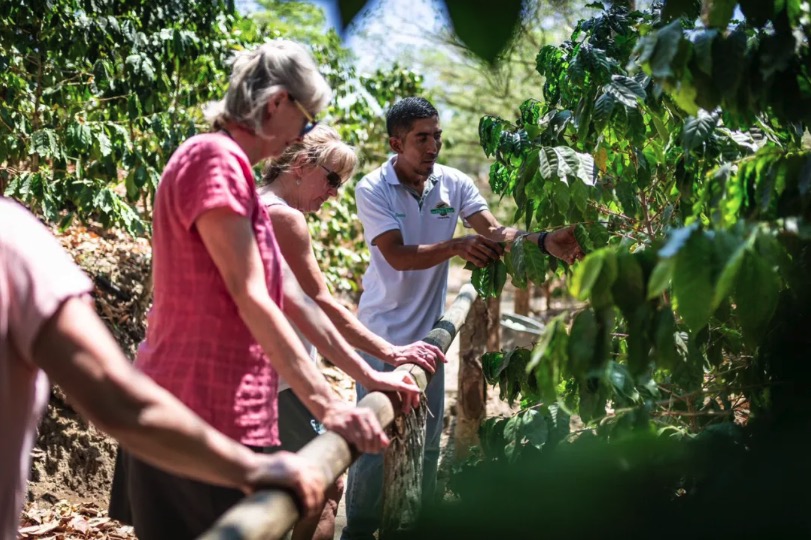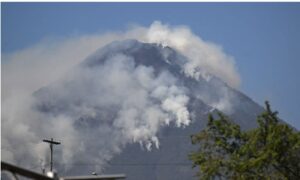Costa Rica’s economic development level ranks at the top in Central America, and agriculture, foreign trade, tourism, and the service industry play an important role in the national economy. Although tourism accounts for 8% of Costa Rica’s annual wealth and has the entry and exit of 3 million tourists, currently, the tourism industry and agriculture such as coffee are suffering from difficulties.
According to some data, from June 2022 to December 2023, the exchange rate of the US dollar against the Costa Rican colon has fallen by 24%. At the lowest point, every 1 US dollar can be exchanged for nearly 700 colones, and currently it can also be exchanged for about 500 colones, which has led to difficulties in the tourism industry and the coffee industry.
It is understood that after the Easter week ended in March, the peak tourist season in Costa Rica also ended, and the next few months will be full of uncertainty, but this uncertainty is not due to the reduction of tourists, it is due to the exchange rate issue. The local tourism bureau stated that in Costa Rica, tourists can use US dollars directly, but the exchange rate fluctuations of the falling US dollar and the rising colon will lead to local price increases, affecting tourists’ consumption behavior in Costa Rica, and purchasing power will decrease. In addition, exchange rate fluctuations will affect the decision-making process of tourists choosing tourist destinations, and tourists may choose cheaper tourist destinations or tend to destinations with lower exchange rates, which also leads to a reduction in tourists traveling to Costa Rica and affects the income of the local tourism industry.

In terms of coffee, according to Costa Rica’s ICAFE, although coffee exports have been stable recently, sales have fallen by nearly 13%. This is all because the international coffee futures price is in US dollars, and most producing countries have their own currencies, so the exchange rate between the US dollar and the local currency will directly affect the actual price of coffee payments, and the current decline in the US dollar and the exchange rate result in coffee traders only getting lower returns.
In terms of coffee, according to Costa Rica’s ICAFE, although coffee exports have been stable recently, sales have fallen by nearly 13%. This is all because the international coffee futures price is in US dollars, and most producing countries have their own currencies, so the exchange rate between the US dollar and the local currency will directly affect the actual price of coffee payments, and the current decline in the US dollar and the exchange rate result in coffee traders only getting lower returns.




















+ There are no comments
Add yours